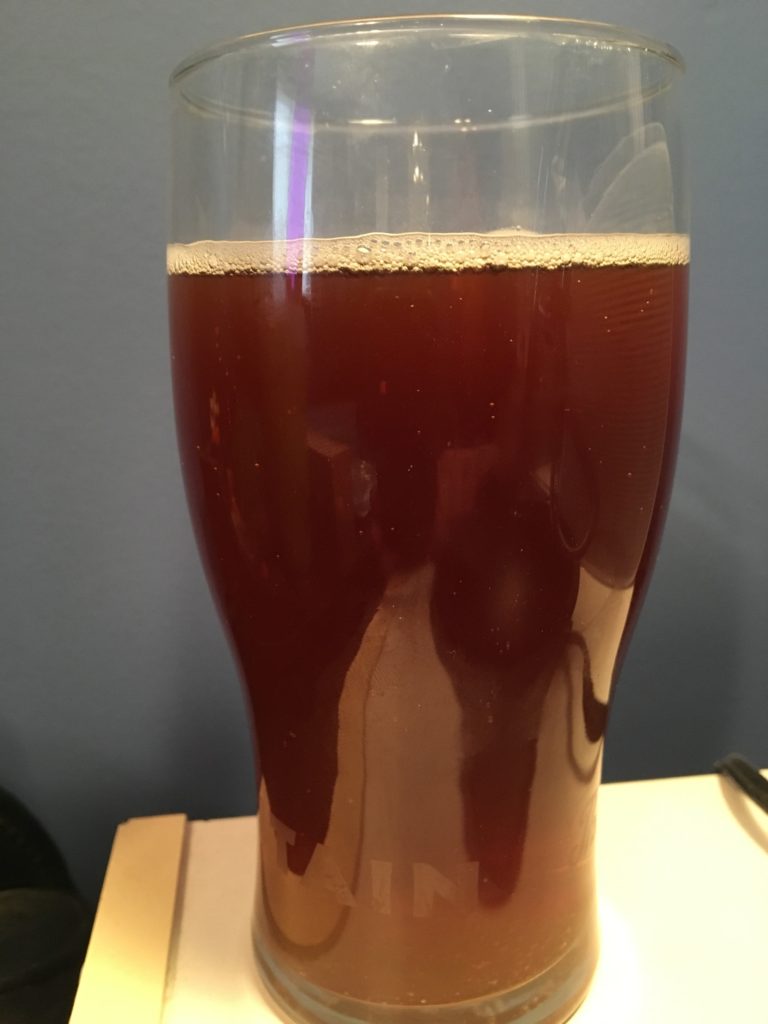

While this process takes longer than warm brewing, more of the strong ingredients get metabolized by the yeast – leading to the lager’s clean taste. They are then stored (or lagered) at near-freezing temperatures for several weeks. In contrast, lagers use bottom-fermenting yeast and use a cool fermentation process, sitting at around 50 degrees Fahrenheit. Ales can be consumed in as little as three weeks of fermentation. This is also known as warm fermenting and is typically done at temperatures ranging from 60 to 75 degrees Fahrenheit. FermentationĪle is produced using top-fermenting yeast, named for the froth that rises to sit on the surface of the liquid while it is brewed. Ale is historically linked to medieval England, where it was a crucial part of the diet since it provided a clean source of water and calories. The Differences: Lager versus AleĪle is another popular type of beer that’s known for its sweet and fruity taste, which occurs due to the release of esters during the brewing process.Įsters are chemical compounds that are found in fruits such as apples, bananas, and stone fruit. Other factors that affect the number of calories include serving size and beer brands. In general, the stronger the beer, the more calories it has, so lagers with relatively low ABV are also low in calories. However, the exact number of calories does depend on the strength of the beer as well as the brewery that produces it. Calories of Lager BeersĪ typical can or bottle of lager beer is around 150 calories. These darker lagers are notably not nearly as popular as pale lagers and are commonly found in central Europe. Dark lagers, on the other hand, have a strong, almost chocolaty taste.

In particular, amber lagers have a maltier and denser flavor described to be reminiscent of a toasty profile with subtle caramel notes. Additionally, pale lagers also have a rather clean and crisp flavor, owing to the type of yeast used to brew the drink. In general, however, lagers have a mild taste and are refreshing without being overpowering. The flavor of lager beer depends highly on the individual beer. Low- and no-alcohol beers are also readily available for those who want the fresh taste without the booze. However, imperial lagers can contain up to 10 percent ABV. This puts them on the lower end of the spectrum in comparison to other beers. Lagers tend to be between four and six percent alcohol by volume (ABV) or eight to twelve proof. When refrigeration became cheaper and more widespread, lagers exploded in availability and popularity as these drinks can now be brewed year-round and served cold. Back then, lagers were typically fermented and stored in cool caves, giving them their unique taste. The drink’s name comes from the German word for “storage”, which gives quite an insight as to how this drink came to be. Lager is traditionally thought to have originated in Bavaria in the 1400s, but there’s a potentially older account that the first lager ever brewed was in South America. Here you will learn what dark beer and IPA beer is. This special brewing process is what gives lager its distinctive characteristics. Lager differs from other types of beer thanks to the fact that it’s brewed at low temperatures with bottom-fermenting yeast – this simply means that the yeast descends to the bottom and slowly ferments the drink from bottom to top. In fact, it’s a brew that enjoys a high level of carbonation, so it’s a great substitute for soda and packs quite a kick. What a Lager Beer Is – ExplainedĬontrary to what many people think, lager is actually a type of beer that’s known for its golden color and fizzy texture. By the end of this article, we’re sure you’ll develop a better appreciation for this one-of-a-kind brew. Let’s get right into it and explore everything you need to know about lager beers. A rundown of the most popular lager beer brands available, as well as the best beverages you absolutely must try.How lager fares when compared with other popular beer types such as ales and pilsners.The basics of lager beer, including its ingredients, alcohol content, taste, and more.In this article, we’ll lay out the essentials, and you’ll learn about: Lager is one of these best-known brews, and this surprisingly refreshing drink deserves its own chance to be in the limelight. Beer, beer, beer – arguably the world’s most popular alcoholic drink, this beverage has been around since early human civilizations.īecause of its long history, beer has gradually branched out and given rise to other subtypes of drinks – all of which still prove to be popular today.


 0 kommentar(er)
0 kommentar(er)
